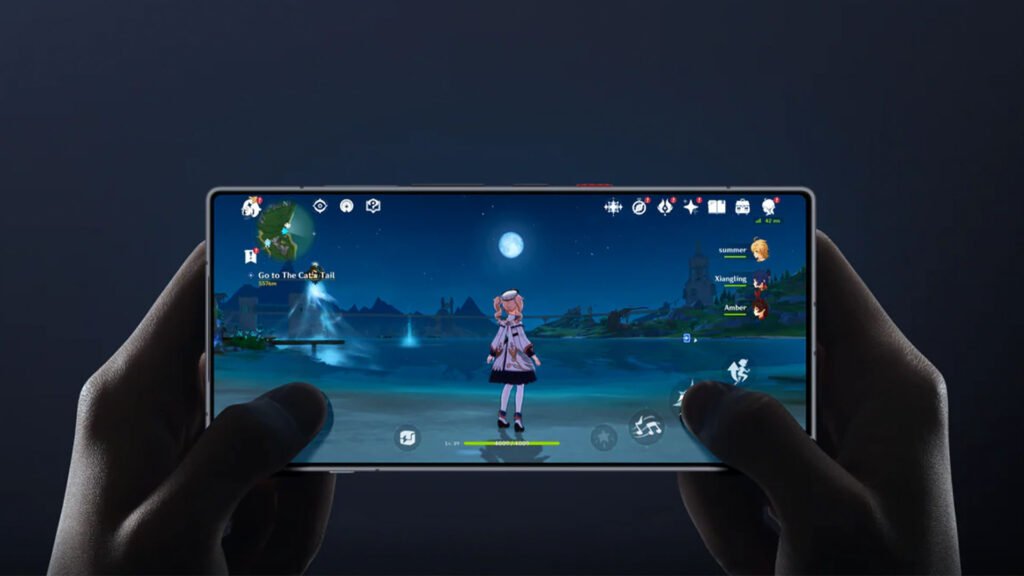REDMAGIC is taking a different route with the REDMAGIC 11 Pro by pairing high-end hardware with software features designed specifically for gaming. The phone uses Qualcomm’s Snapdragon 8 Elite Gen 5 and a custom liquid cooling solution that helps maintain consistent performance during long sessions. As mobile gaming continues to grow, REDMAGIC is focusing on features that directly impact real-world use instead of relying on specifications alone.
The update introduces frame generation and AI-powered upscaling, features designed to boost visual clarity and maintain smoother motion in supported games. These technologies work together to lighten the load on the hardware, helping demanding titles run with higher fluidity. Testing from Dame Tech shows that Wuthering Waves on the REDMAGIC 11 Pro offers options for raising the effective framerate through frame interpolation and improving overall sharpness through upscaling. Both features are driven by REDMAGIC’s in-house software, giving the device capabilities that remain uncommon across most Android phones today.
Frame generation is already well-known in PC gaming for improving perceived smoothness without requiring a large increase in hardware load. When paired with AI upscaling, games can achieve sharper visuals while maintaining consistent performance. On the REDMAGIC 11 Pro, enabling both features results in gameplay that feels closer to what users experience on a PC or console, especially in titles with heavier graphics.

However, enabling these enhancements increases CPU and GPU usage, leading to higher temperatures. REDMAGIC includes a liquid cooling system built to manage this extra heat, giving the phone an advantage over devices that rely only on vapor chambers. As chipsets advance each year, traditional cooling designs are starting to show limitations. The 11 Pro’s approach highlights the need for improved thermal solutions across the industry.
A recent example is the OnePlus 15, a device positioned for gaming with a 165Hz display. During 3DMark Wild Life Extreme testing, the benchmark reportedly crashed because of overheating, showing how even high-end phones can struggle under load. This raises concerns about future devices, especially with next-generation chips pushing higher power levels.

Manufacturers will likely need to explore new thermal designs if they want to support advanced gaming features. While it is unlikely that Samsung will adopt liquid cooling similar to REDMAGIC’s system for the Galaxy S26 Ultra, the growing demands of mobile gaming may encourage more companies to reconsider their approach. Without improved cooling and dedicated software tools, performance gains from new chipsets may not translate into better gaming experiences.
The REDMAGIC 11 Pro demonstrates how combining hardware and software can influence mobile gaming trends. With frame generation, AI upscaling, and improved heat management, it offers a look at what future gaming-focused smartphones may need to deliver. As more titles adopt these technologies, users could see broader improvements across the Android gaming ecosystem.







